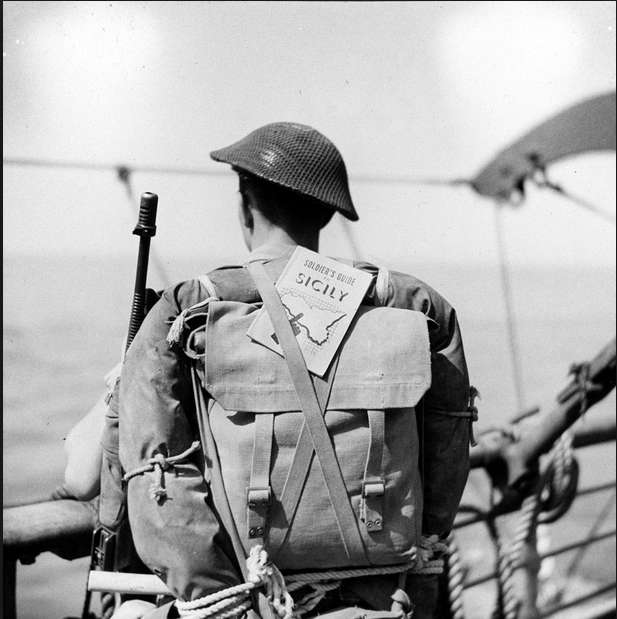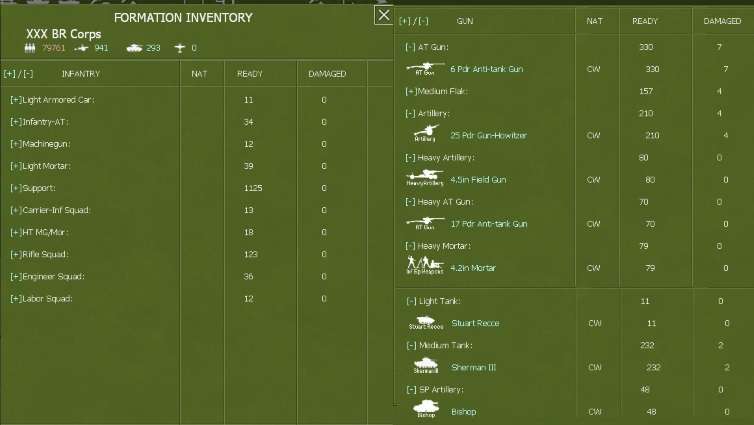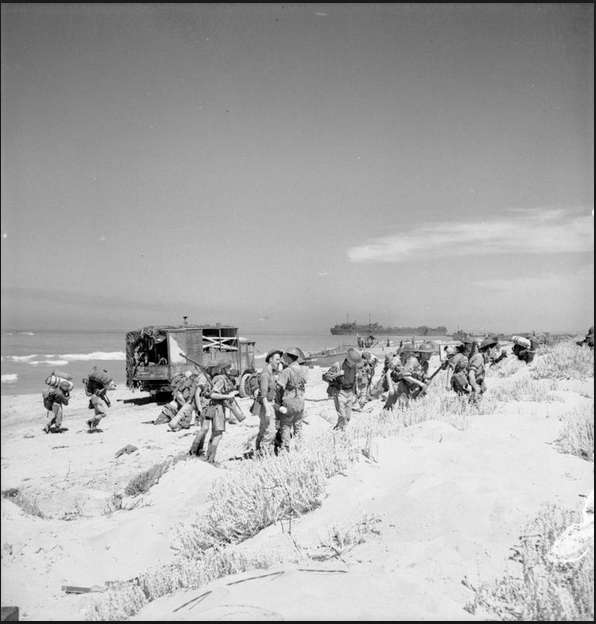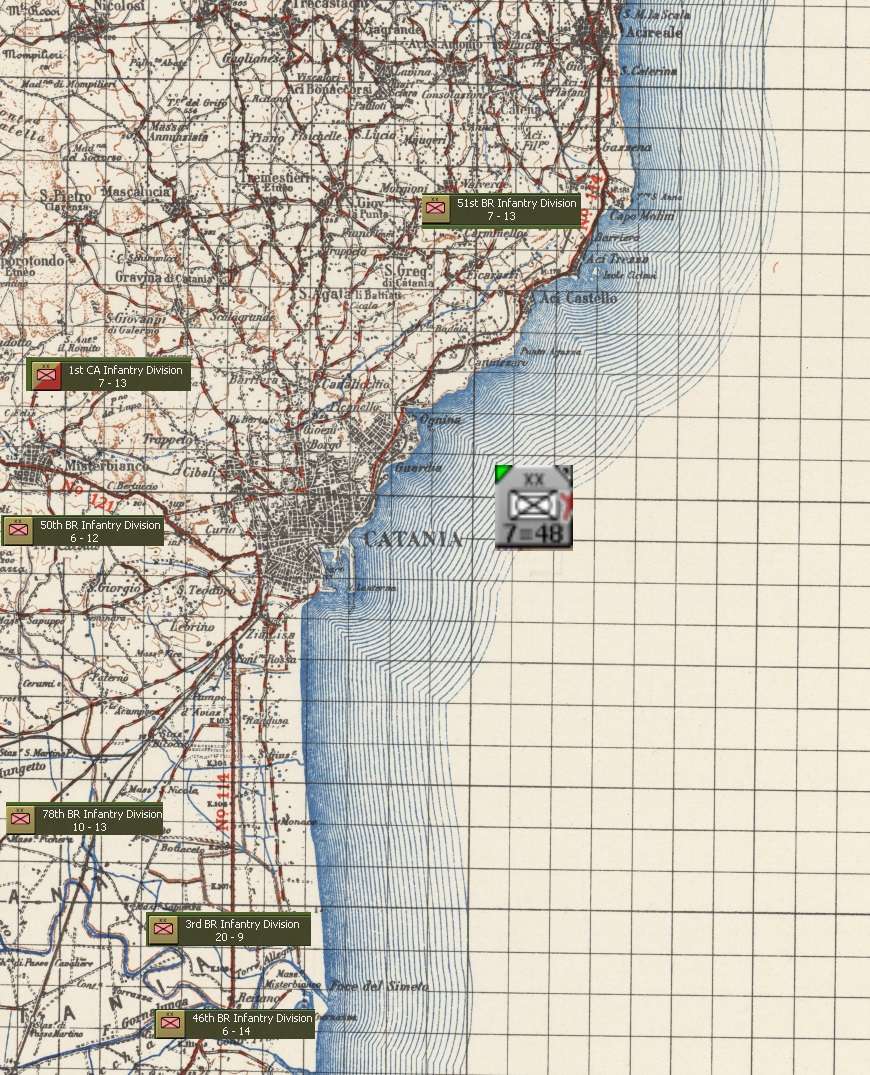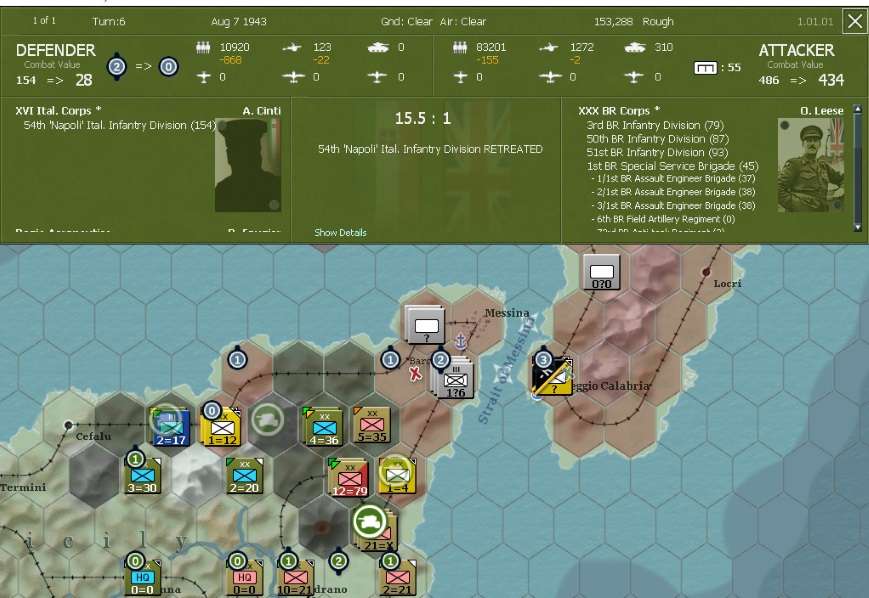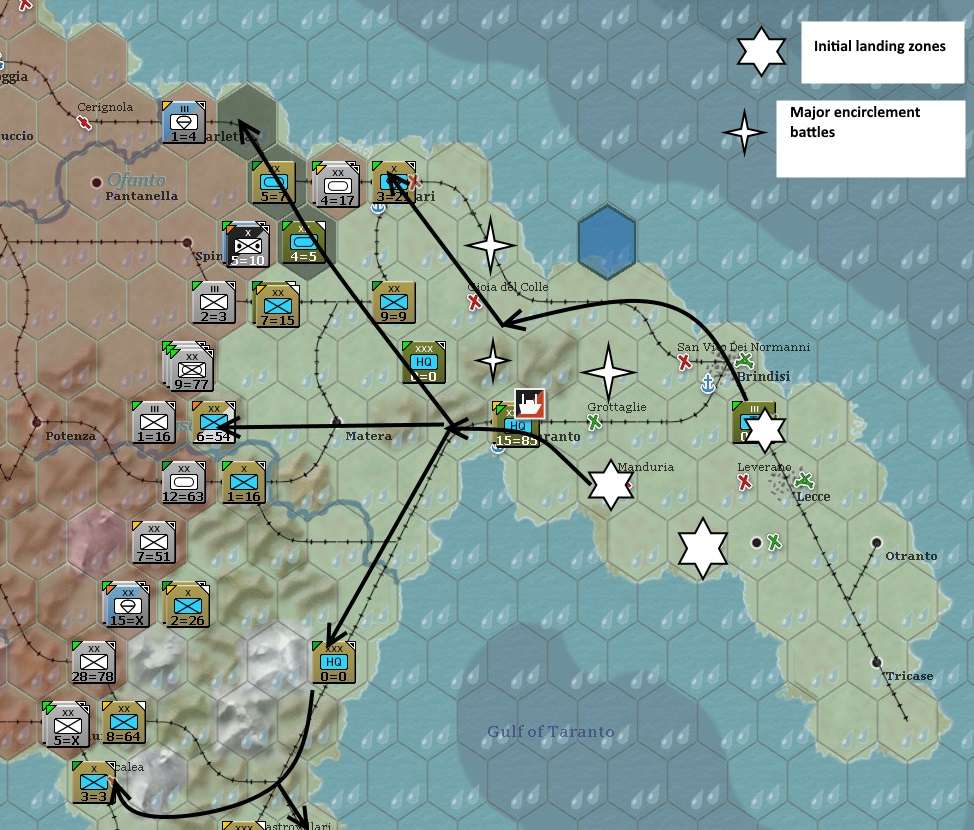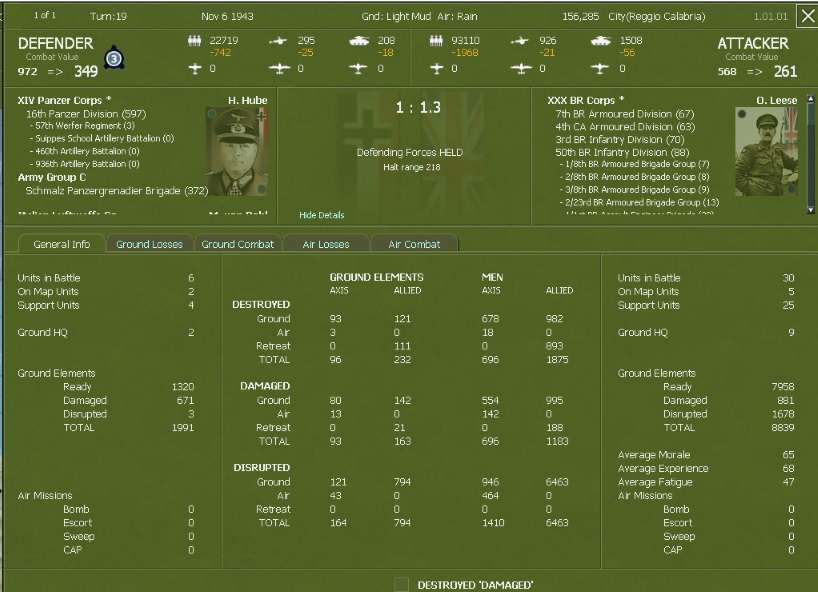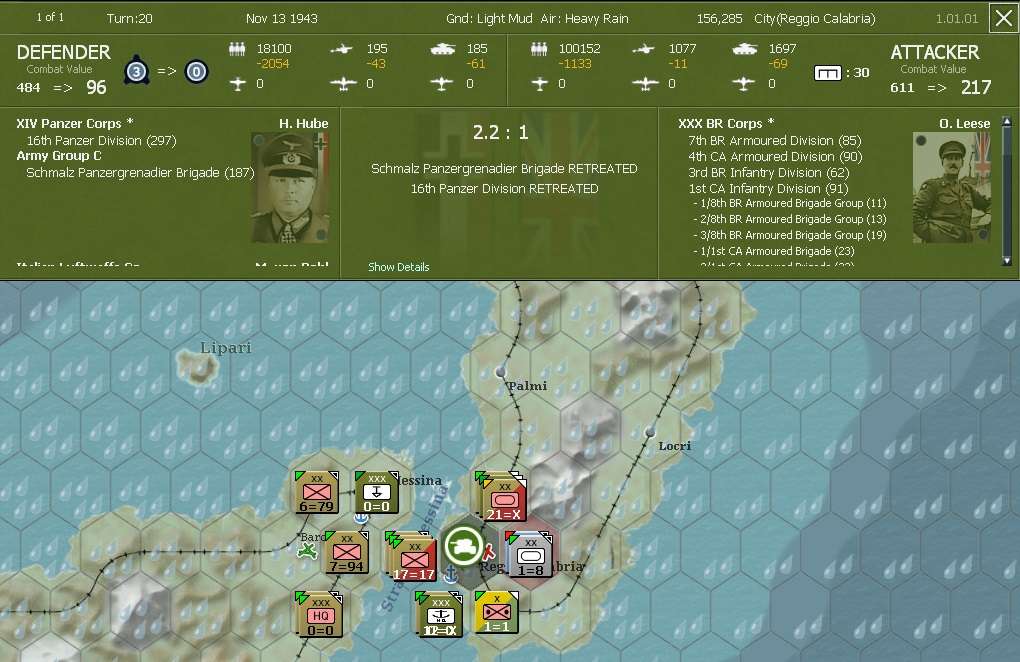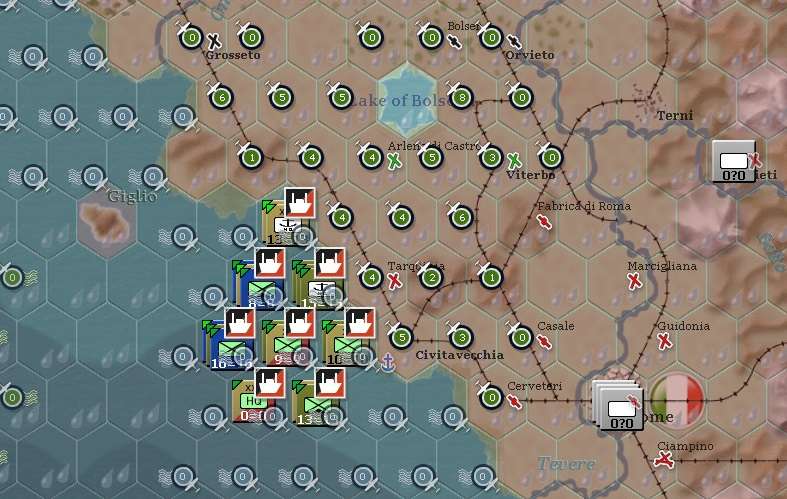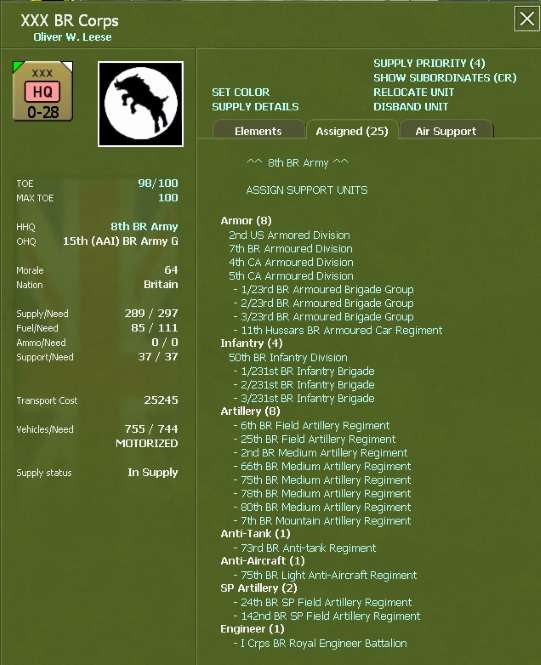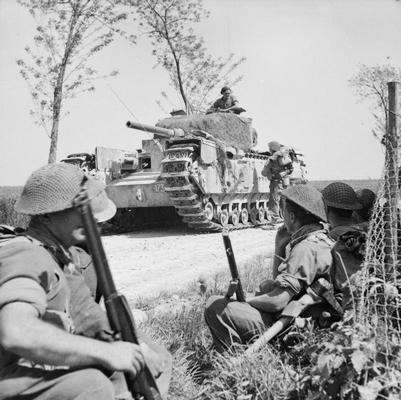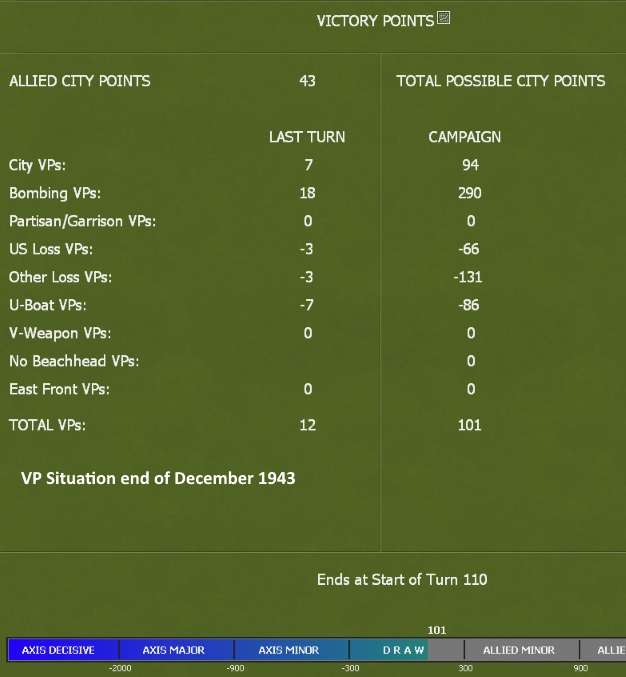As I've got used to the mechanics I find that the appeal of WiTW steadily increases. In particular, I think if you play the Allies the AI actually gives you a decent game (without too many bonuses). In WiTE you have to give it a huge boost and operate with constraints and even then there comes a clear point where the game (as a challenge) is over.
Anyway, all this experimenting has resulted in another WiTW AAR (again vs the AI) this time using the new 4th Supreme Command scenario as I was interested to see if the additional units and resources this gives to the Germans made for a more interesting game. The settings are the standard challenging (so basically the AI gets 10% on most scores and I have a 10% malus).
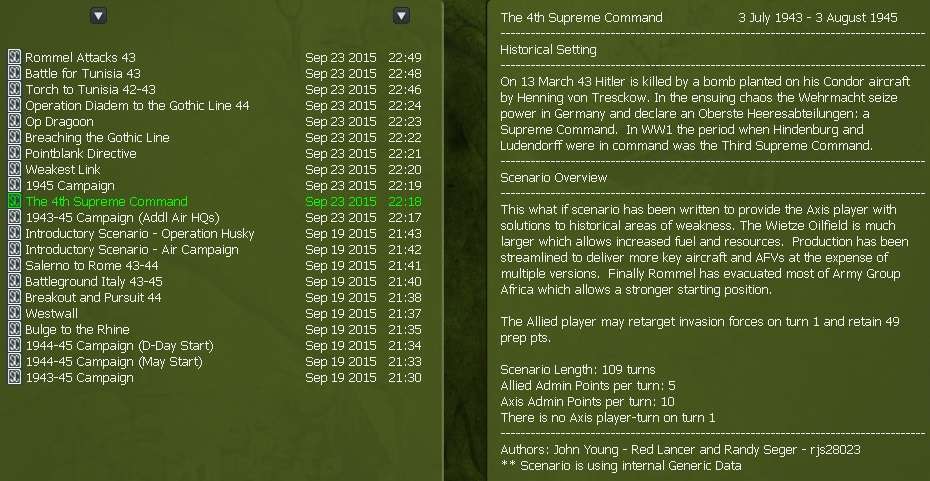
What I'm going to write this up differently as an experiment and to see if a very particular focus allows for some insights that are maybe obscured when reporting on the entire game.
So have decided on a point of view style of narrative. In this case, as a sort of combat diary of the British XXX Corps. In reality the Corps fought in Sicily and then France, swapping component units and command structure on a regular basis. This fits the WiTW command model where corps and armies are much looser concepts than say with the Soviets in WiTE where, once things settle down, you tend not to re-organise and armies become relatively fixed combinations of combat formations.
As a gameplay experiment this focus became quite interesting as it altered what I paid close attention to. What I'll do is to sketch out any significant developments that do not involve XXX Corps in a few summary posts as appropriate.
In particular I'll pay very little attention to the strategic air war. Having now run this a few times, and used the shorter scenarios for testing, I'm getting to grips with this. In this game I was able to gain about 10-12 VP per turn from bombing from about September 1943 onwards.
My basic strategy in 1943 was to split Bomber Command into large units. One had the Lancasters and primarily bombed manpower and HI. The other was a mix of the other air types and I gave as heavy a bomb payload as I could manage. These supported US 8 Air in hitting the U-Boats but also went after specific targets (trucks and fuel mainly). 8 Air I usually kept together and it alternated between U-Boats and other targets.
For targetting, I use a mix of relatively large areas (with multiple missions – I try for about 200 bombers in each) and picking single hexes. Mostly the former, especially for the missions that are really designed to generate victory points.
For both air groups, I suspended operations quite often either due to poor weather or low morale after a bad week. My logic is there is strength in numbers and small raids often lead to heavy losses.
I sometimes sent BC and 8 Air over the same target in an attempt to overwhelm the AA defences (not sure this really worked).
Another trick was to hit say the Ruhr from days 2-4, in part to exhaust the German night fighters. I'd then risk a weakly (or not at all) escorted raid deeper into Germany later in the week. Had mixed success with this approach but its worth thinking over. I also regularly used some British night fighters to fly AS over German airbases – which helped keep their night fighters busy.
For the initial landings, since I suspect the Axis will be stronger than in the basic scenario, I decided to land about 90% of the historical force. I've got a bit more used to the time constraints on the overall Italian campaign and, in particular, when you need to pull units back to England for the invasion of France. So this makes me less rushed to complete the third set of landings (ie those around Rome).


